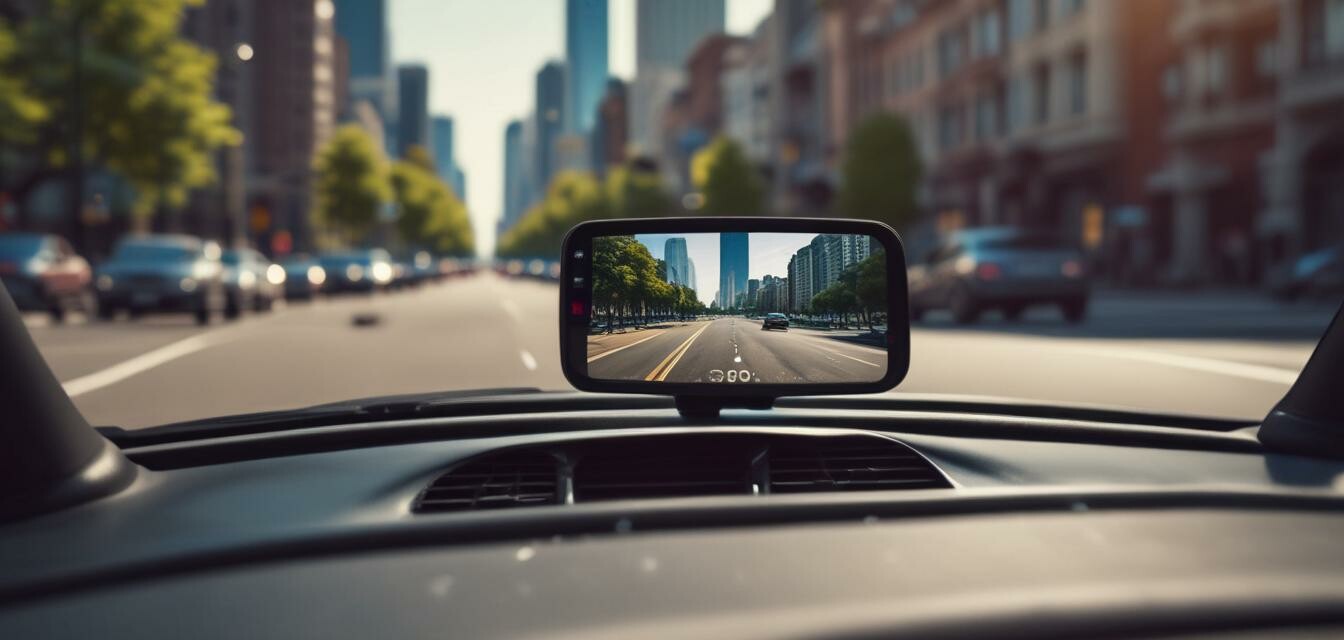
How to Install a Dash Cam: A Step-by-Step Guide
- Choosing the right location for your dash cam is essential for optimal visibility.
- Proper wiring ensures your dash cam works seamlessly and doesn’t obstruct driving.
- Understanding your dash cam features can enhance your recording experience.
Installing a dash cam is not just a smart decision for safety; it's also a straightforward process that anyone can do, especially with this beginner-friendly guide. In this article, we will walk you through the essential steps to install your dash cam effectively, ensuring you'll be ready to capture any moment on the road.
Preparation for installation
Before getting started with the installation, it’s crucial to gather the necessary tools and equipment. Here's what you'll need:
- Dash camera
- Mount (suction cup or adhesive)
- Cable management tools (zip ties or clips)
- Micro SD card (for recording)
- Car charger or hardwire kit, depending on your preference
Step-by-step installation process
Step 1: Choose the right location
Selecting an ideal spot for your dash cam is crucial. It should provide a clear view of the road while minimizing obstructions to your vehicle's interior. Here are common installation locations:
| Location | Pros | Cons |
|---|---|---|
| Behind the rearview mirror | Discreet, minimal obstruction | Limited view if placed too low |
| Center of the windshield | Broader field of view | More visible, potential obstruction |
| Front dash area | Easy access for adjustments | Obstruction of driver's view |
Step 2: Mount the dash cam
Once you’ve chosen the location, it’s time to mount your dash cam:
- Clean the windshield surface with an alcohol wipe to ensure a strong bond.
- Attach the mount securely to the chosen location.
- Attach the dash cam to the mount correctly, ensuring it’s level and aimed at the road.
Step 3: Connect the power
Your dash cam will typically require power. Here are two primary methods:
- Car Charger: Plug the dash cam into the car's cigarette lighter or USB port.
- Hardwiring: Connect directly to your vehicle's fuse box for continuous power, even when the vehicle is off.
Step 4: Manage the cables
For a clean installation, ensure that the power cable doesn’t interfere with your driving:
- Guide the cable along the edges of the windshield and down to the power source.
- Use zip ties or clips to secure any excess wiring and prevent it from hanging loose.
Step 5: Insert the micro SD card
Before you start recording, make sure to insert a micro SD card into the dash cam. This allows the camera to store footage:
- Ensure the card is formatted correctly according to your dash cam's requirements.
- Check available space on your SD card to ensure recordings won’t stop unexpectedly.
Step 6: Final adjustments
Power on your dash cam:
- Check the angle and make adjustments for optimal visibility.
- Navigate through settings to configure recording options, such as resolution and loop recording.
Tips for maintaining your dash cam
Once your dash cam is installed, proper maintenance can enhance its performance:
- Regularly check the lens for dirt or obstruction to ensure clear recordings.
- Periodically format your micro SD card to avoid overwriting useful footage.
- Keep your firmware up to date for enhanced features and security.
Troubleshooting common installation issues
If you encounter problems after installation, consider these common issues:
- Camera not turning on: Check the power connection and the fuse if hardwired.
- Poor video quality: Ensure you have the correct settings set on your dash cam and a high-quality micro SD card.
- Footage not saving: Confirm that the micro SD card is inserted properly and has enough space.
Pros
- Easy installation process with clear steps.
- Increased safety and security while driving.
- Ability to capture incidents and provide evidence in case of accidents.
Cons
- Potential initial cost of purchasing the dash cam and accessories.
- Installation in some vehicles might be more complex due to fuse box accessibility.
Conclusion
Installing a dash cam is a worthwhile investment that can provide peace of mind and added security on the road. With this step-by-step guide, you should feel confident in setting up your device and enjoying all the features it offers. For more tips and guides like this, explore our Tips and How-To's section, and keep your driving experience safe and secure!
